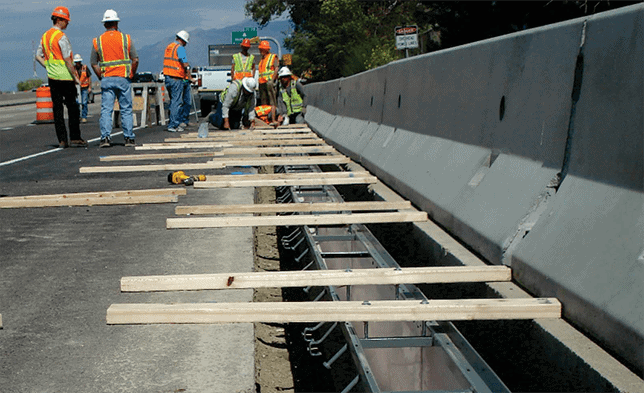Trench drain systems come in all shapes, sizes and materials. It can be difficult to determine which system is best suited for your project. Here’s a breakdown of what you need to consider when planning a project that requires a drainage solution.
What Are The Load Requirements?
Knowing what kind of traffic will be crossing over the drainage system is one of the most important factors for you to consider. Improper Load Class is one of the main reasons for drainage system failure. There’s a significant difference between pedestrian traffic and a commercial airliner. Not all channels are created equally to take on that kind of weight. You also have to consider that even though the channel may be able to take the weight, it needs to be topped with grating that is able to accept the liquid runoff while being appropriate for the traffic.
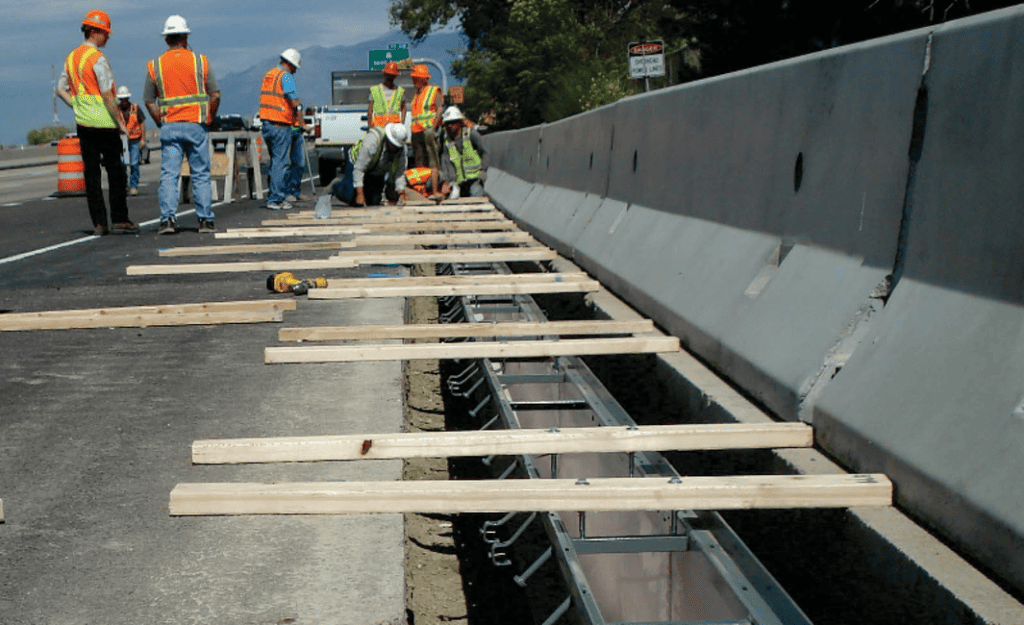
What’s On Top?
As with the drainage channels, grates also play an important role within a trench drain. Grates are available in a variety of materials and should be chosen based on application. For example, plastic grates may be appropriate for a park or poolside deck, but an airport would require ductile iron grates that would support the heavy load. Depending on the material, there is a wide variety of decorative grating patterns that enhance the look of a project while also providing the correct amount of support.
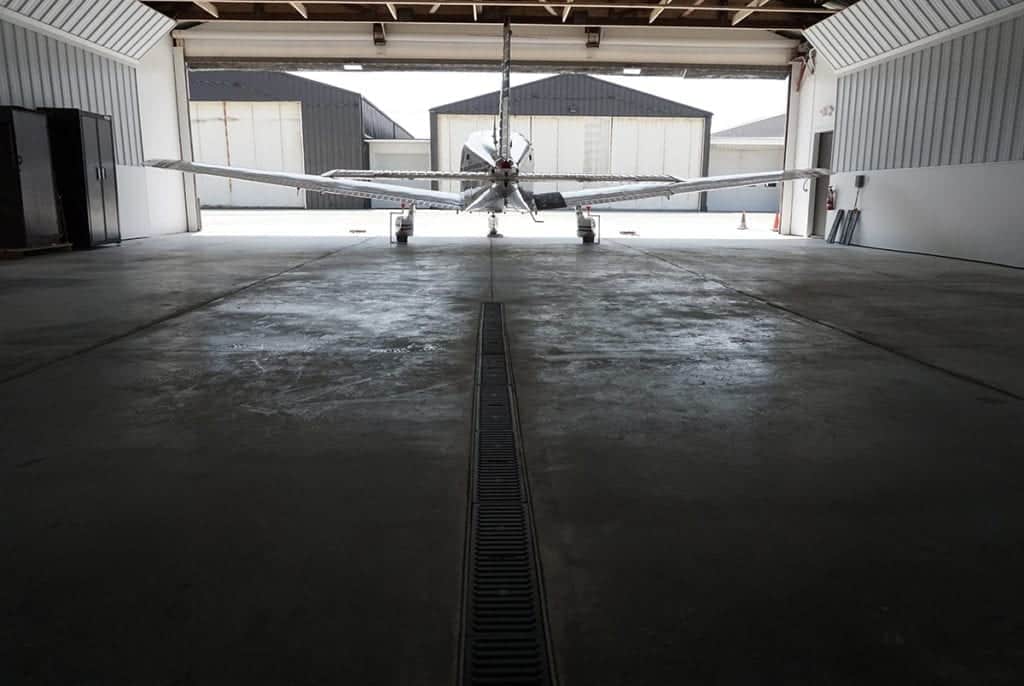
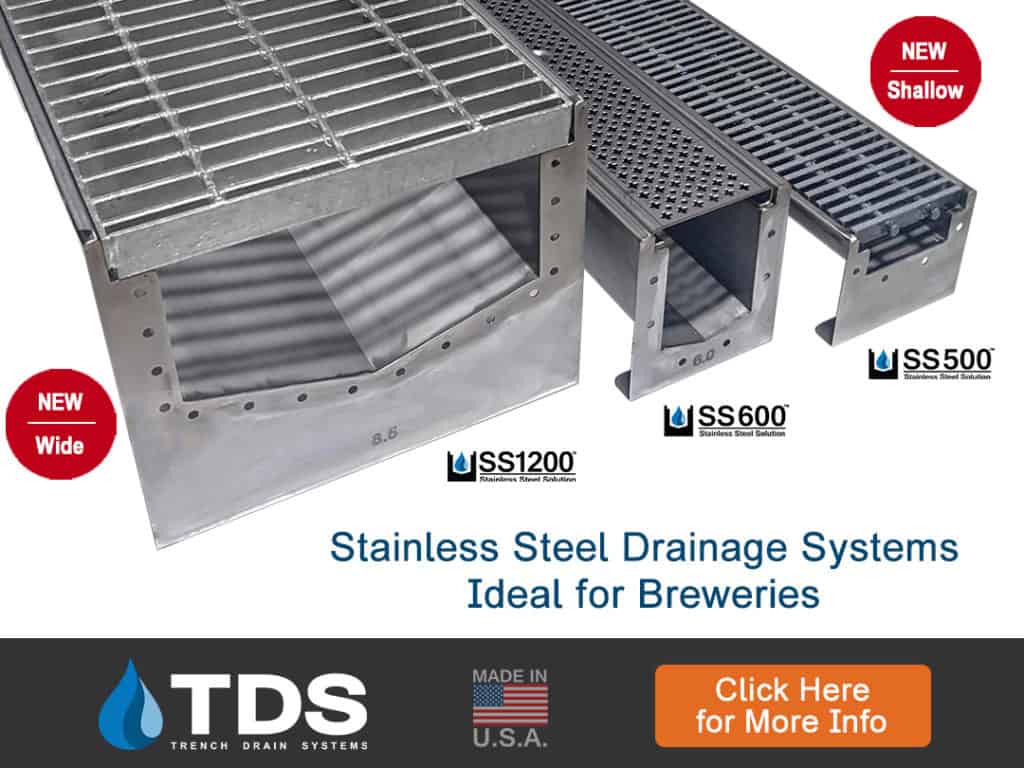
Going To Extremes
Another important consideration is knowing what is going to flow through the trench drain system. Some systems are perfect for stormwater, but can’t take the extreme heat and caustic conditions that are sometimes seen in brewery applications or chemicals of a manufacturing facility. If the system is outdoors, it needs to stand up to seasonal freeze-thaw or perhaps extreme heat sometimes seen in the southern states or hemispheres.
Surrounding Landscapes
Debris of all shapes and sizes has the potential to obstruct the flow of a trench drain system. Make sure you know the plans for the landscape and surrounding area before installation. Any trees planted too closely have the potential for roots to interfere with the channels and also create seasonal debris that can also clog up a system. Stones in parking areas can enter into channels if the grate openings are large enough which causes the water runoff flow rate to drop. This is especially important if the neighboring land is sloped or has little green space to absorb the stormwater collecting around it.
Long-Term Maintenance.
Is there a maintenance program planned for the drainage system? It may seem trivial now but we have just about seen it all: trenches completely filled with silt at the bottom of a ramp and sand-filled drains at the beach that are rendered ineffective. We frequently see warehouses with cracked and/or partial grates that hopped and broke over time from not having locking devices. It’s a potential hazard at airports where jet engines can easily lift grates and locking devices if they are not properly secured. Seasonal checks and cleanouts would be beneficial to the system for it to remain effective.
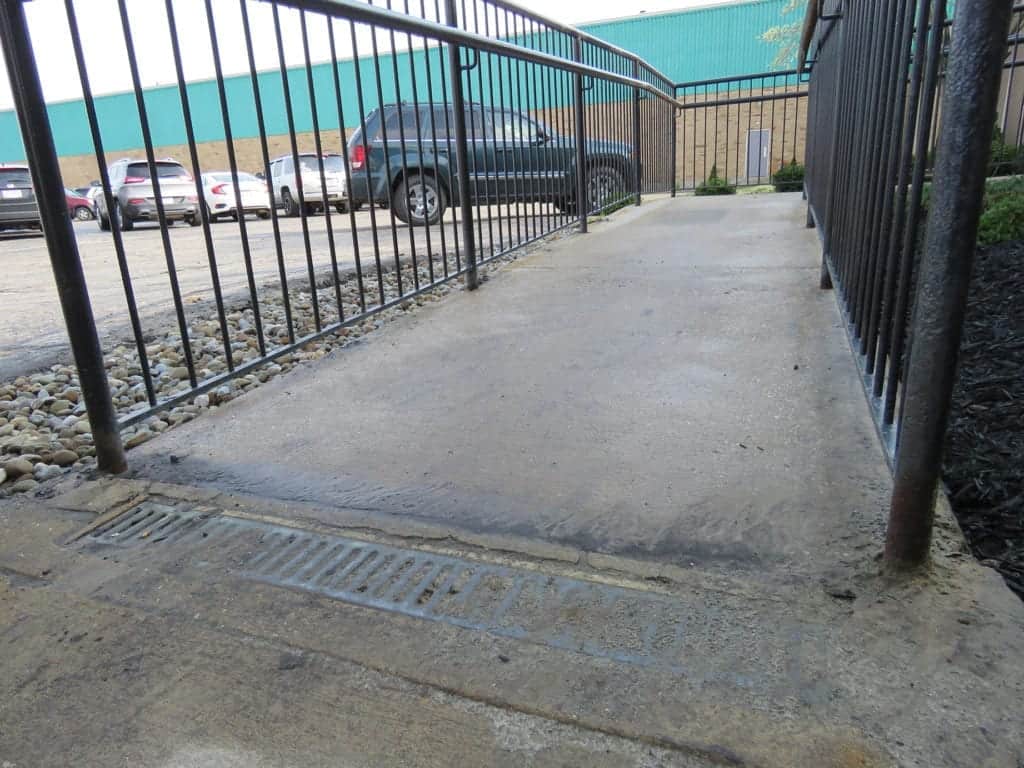
Expect The Unexpected
We always say that it’s better to plan for a hundred-year flood than to explain why you didn’t plan for a hundred-year flood. The system you choose may not be able to keep a hurricane at bay, but if you plan well, you will help the waters to recede faster.
Keeping It Legal!
In some cases, projects have to adhere closely to local or federal laws, such as MS4 programs or government builds. These can include courthouses, government buildings or flood control projects. It’s best practice to review local regulations pertaining to your application and to determine if the project is controlled at a state or federal level. It’s not a topic that can be easily covered, since each state has a separate set of guidelines and laws to follow.
Putting It All Together
Considering all the different aspects of choosing a trench drain system helps put this daunting task into perspective. Trench Drain Systems is here to assist and is one of the largest stocking distributors in the United States who are committed to providing you with quick solutions to all your water runoff problems. Contact us for a free quote or for further information on drainage solutions visit TrenchDrain.com or browse our virtual trade showroom for a 360° view sampling of the products we offer.
Phone: 610-882-3630
Email: Shop@TrenchDrain.com

